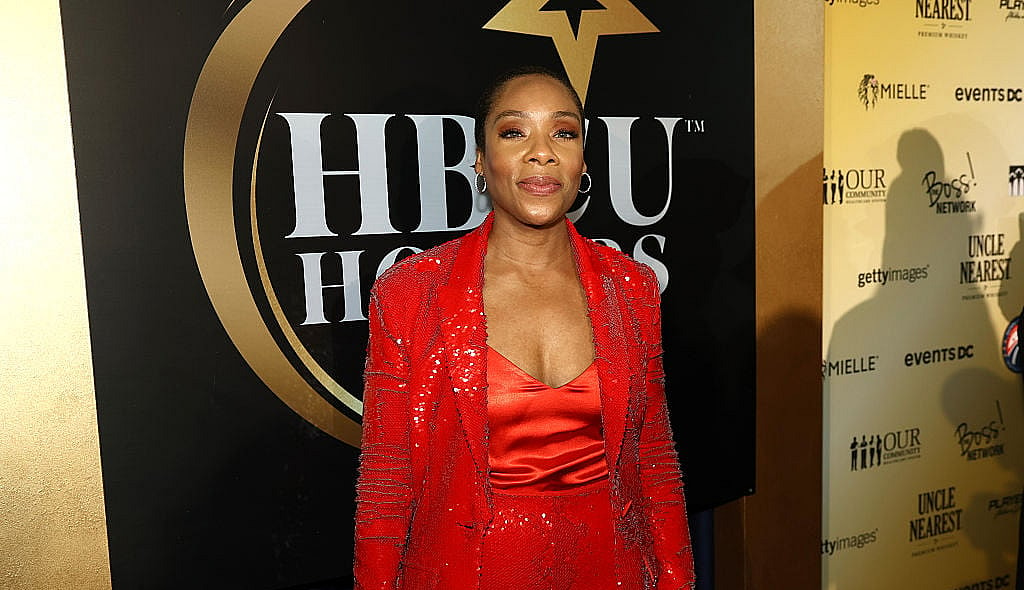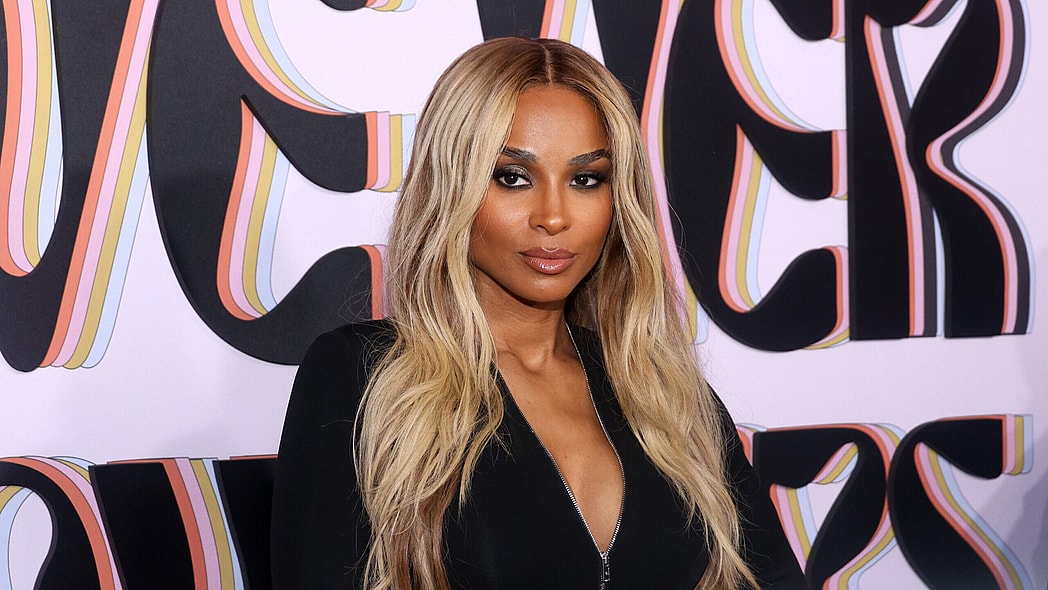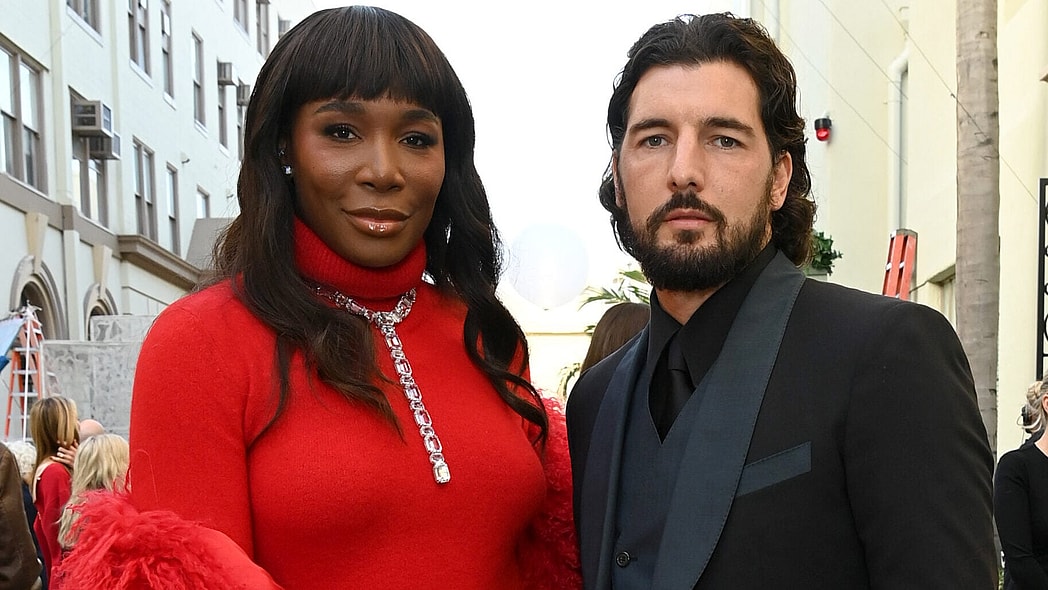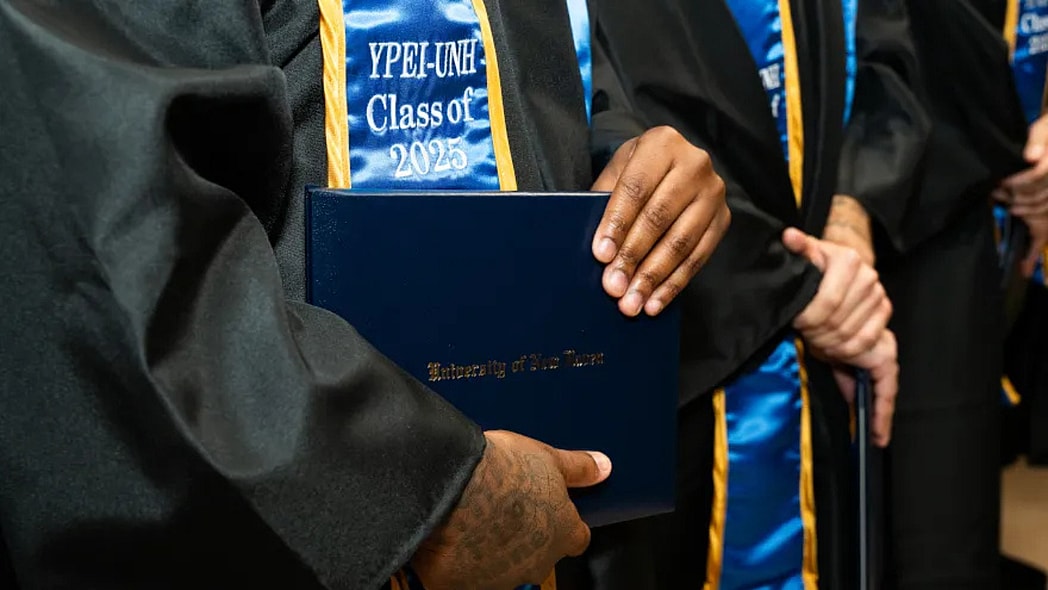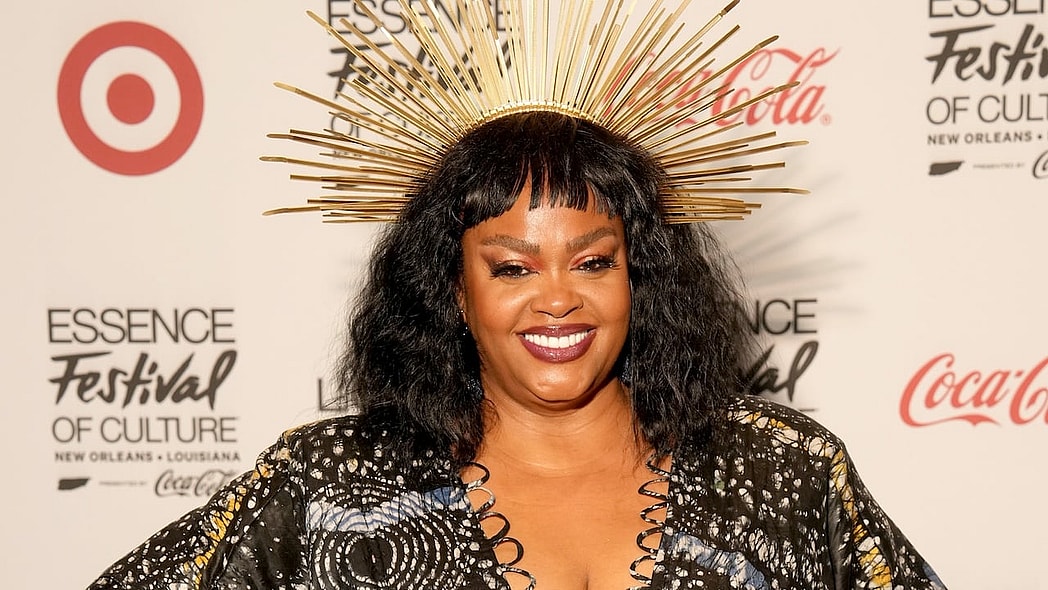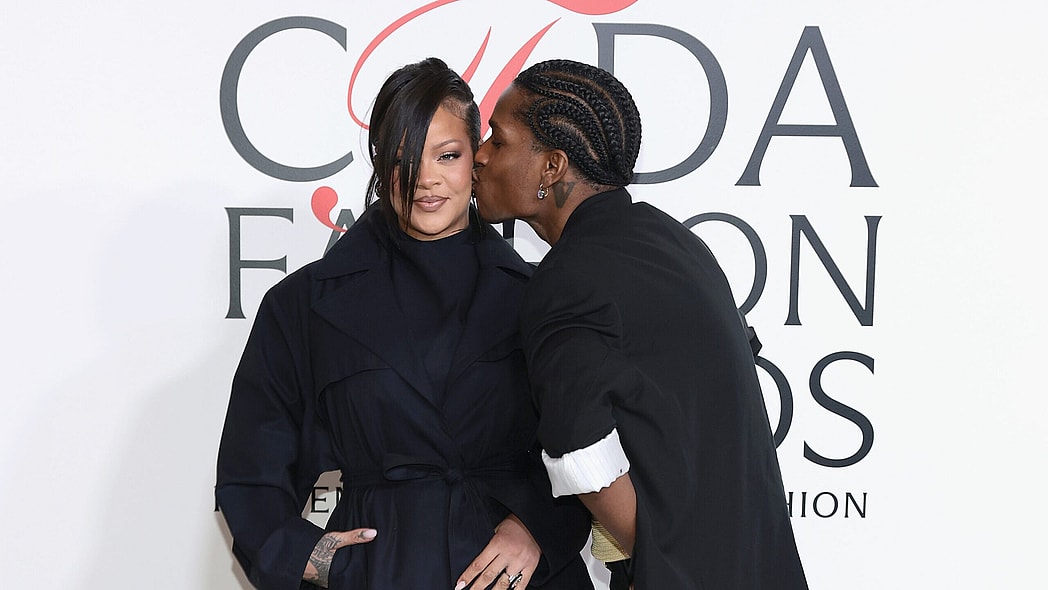All things considered, Clay Gravesande is proud of the man he presented on Netflix’s “Love is Blind.”
While many were infuriated by his decision at the altar, the season six star was notably transparent during his time on the hit show — even when that meant, ultimately, he had to leave his castmate and fiancée, Amber Desiree “AD” Smith, with a broken heart in the finale. Equally striking was how Gravesande honestly embraced his fears around commitment and marriage, mainly stemming from his family dynamics.
In a recent interview, Gravesande, 31, opened up to People magazine about his experience on the show and shed light on why he joined the cast despite knowing he struggled with marriage and commitment.
“I think for me, I was battling a lot,” he told the outlet of his run on the show. “I have conversations with myself all the time where I can make a commitment, and then also within me making that commitment, I have self-doubts.”
Speaking specifically about how he approached and eventually stepped away from making the ultimate commitment, he said, “What you’re seeing is a moment of self-doubt, based off [of] how I was raised.”
He continued, “My parents were married for 24 years, but I [spoke about] it on the show, that I saw my dad have some infidelity moments. So I think for me, I made the commitment, but when I was actually in it, I was like, ‘Can I really do this?’ So it was a lot of self-doubt coming through.”
Throughout the season, Gravesande spoke about how he hasn’t seen examples of positive Black husbands, chiefly including his own father, who would reportedly bring his son along on some of his extramarital escapades while still married to his mother.
During the finale, after Gravesande delivered Smith a devastating “no” at the altar, viewers watched his parents get candid about their past marriage and its potential impact on their son. Gravesande’s mother, Rita, was frank in holding her ex-husband accountable for demonstrating a bad example of what marital commitment should look like.
“He struggles with a marriage,” Rita explained to her ex-husband. “Is it sacred? Do you honor? He struggles with that. And all of those emotions and twisted feelings, he took that to the altar. And a lot of that stems from things that you have to explain and then apologize. Don’t make excuses; just apologize so that closure can be had.”
Gravesande’s father, Trevor, was receptive but deflected to his own family history, reminding Rita he also did not have a positive male role model in his life.
“Although we came from broken families, that doesn’t mean that we have to pass on that brokenness to our kids,” Rita responded. “Your past and things that you witness [are] part of your DNA. It’s part of your inside. And if you don’t get freakin’ help, you bring that s–t into the next thing.”
This wasn’t the first time during the season that Smith and Gravesande’s respective families engaged in these discussions. When Gravesande met Smith’s also-divorced mother earlier in the season, she attempted to calm his anxiety about marriage by noting that children don’t have to take on the failures of their parents.
As a result, over the course of the season, viewers had a rare glimpse at Black families talking honestly and openly about an oft-overlooked form of generational trauma.
Gravesande’s anxiety around the commitment of marriage occurs at a time when the United States has the sixth-highest divorce rate in the world. Between roughly 40% and 50% of all American marriages end in divorce. At the same time, there is also a growing racial gap in marriage. At 30%, Black Americans experience the highest rates of divorce in this country.
What has become known as the “Marriage Gap” is a problem researchers have examined for years. According to a study by the National Institutes of Health, Black marriage is on the decline. Roughly 38% of Black men and 32% of Black women are married, down from more than 60% in the 1950s. In the 2011 book “Is Marriage for White People,” by Ralph Richard Banks, he posited that multifaceted systemic pressures are driving the high divorce rates among Black Americans. These include everything from the fact that Black women tend to outnumber Black men in higher education and careers, thus placing many in the middle class ahead of Black men, to high incarceration rates perpetuating a gender imbalance and creating broken homes. While his book has been criticized for concluding the solution is for Black women to be more open to marrying outside of their race rather than offer a more holistic approach, the fact remains: Black marriage is in crisis.
Recommended Stories
After Gravesande gave AD a “no” at the altar and she had a moment to process, he rejoined her to stress that he wasn’t rejecting her. Instead, he claimed, he was rejecting repeating a cycle. While there’s much that can be said about his composure and conduct throughout the season, the realization that he honestly wasn’t ready for the commitment of marriage wasn’t a cavalier admission. He expressed, with tears in his eyes, how hard it was for him to admit it.
“I’m not ready, and that’s hard for me to look at myself in the mirror and say that,” he said.
Speaking to People, Clay said there are things he would have done differently during his time on “Love Is Blind” — but ultimately, “I’m going to stand by everything. I think for me it was like a roller coaster, but I went through those hurdles of emotions, and it made me a better person, so I wouldn’t change anything.”
Never miss a beat: Get our daily stories straight to your inbox with theGrio’s newsletter.


